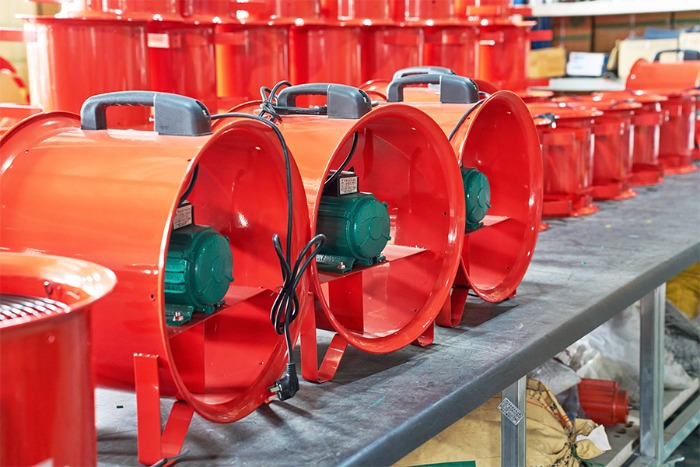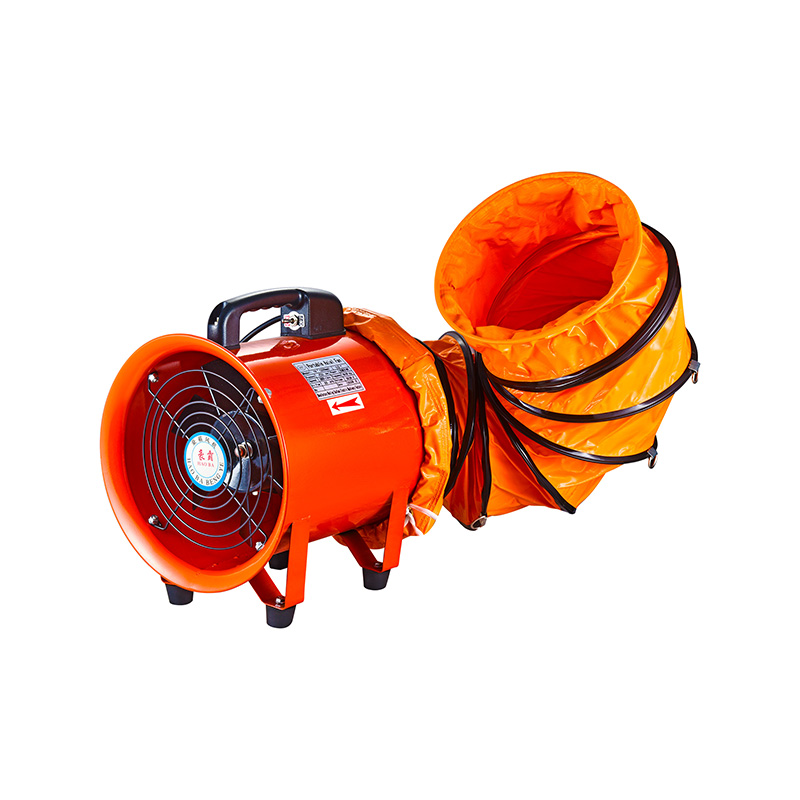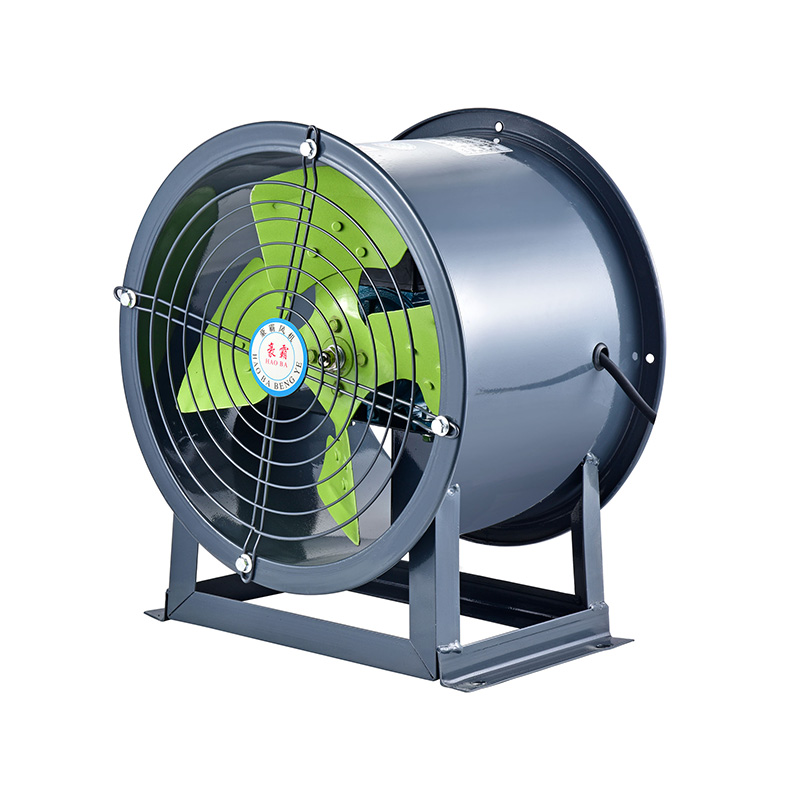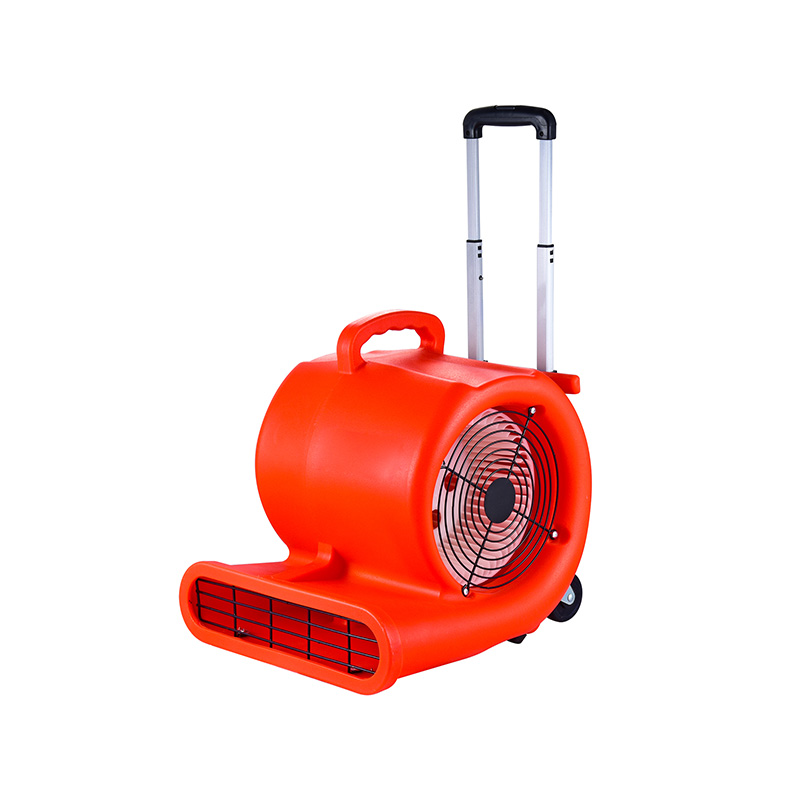Emerging Axial Flow Fan Designs Drive HVAC Efficiency Gains
2025-08-01
Axial Flow Fan Manufacturer expertise is more vital than ever as HVAC systems worldwide demand smarter, more energy‑efficient ventilation. In parallel, the role of axial flow exhaust fan solutions has grown, especially in industrial and commercial settings where airflow control and energy costs are closely scrutinized.
1. Market Growth & Demand Trends
Rapid Expansion in 2025 and Beyond
The global axial fan market is forecast to grow from about $4.39 billion in 2024 to $4.67 billion in 2025, reflecting a compound annual growth rate (CAGR) of 6.2%.
Meanwhile, projections out to 2032 see revenue rising to $4.38 billion at a CAGR of 5.3%.
Drivers Behind the Surge
Several factors fuel this rise: ongoing industrialization, expanded data centers, greater adoption of HVAC and ventilation systems, and modernization projects across sectors.

2. Technical Innovations in Axial Fan Design
2.1 Advanced Blade Aerodynamics
Blade geometry is evolving rapidly. Airfoil‑shaped and sickle-type blades help minimize turbulence and reduce energy loss, significantly boosting airflow efficiency.
2.2 Efficient Motor Technology
The shift to EC (electronically commutated) motors offers better control, lower power consumption, and quieter operation—especially when paired with variable frequency drives. Modern AC‑axial fans are integrating brushless DC motors for steadier performance and lower maintenance needs.
2.3 Smart Controls & Sensors
Advanced systems now include sensors that monitor air quality, temperature, and humidity, adjusting fan speed in real time for optimal ventilation.
2.4 Material and Weight Advances
Manufacturers are using lighter, more durable materials for fan blades and frames—this reduces overall weight and cuts noise levels while extending service life in demanding environments.
3. Benefits for HVAC and Exhaust Applications
3.1 Better Energy Efficiency
Emerging designs allow axial fans to move greater volumes of air at reduced power levels. This translates directly into lower utility costs and improved system ROI.
3.2 Quieter, More Reliable Operation
Optimized blade geometry and smoother motor drives cut noise, which is critical in commercial office buildings, hospitals, and residential complexes.
3.3 Flexible Use in Exhaust Systems
As exhaust components of HVAC systems, axial flow fans enable effective removal of stale or heated air. Their direct-line airflow characteristics suit ducts and open installations.
3.4 Regulatory Compliance and Sustainability
New fans help firms meet stricter energy codes and environmental regulations. Lower power consumption also supports carbon‑reduction goals.
4. From Design to Deployment: A Case Example
Here we are going to consider how an axial flow fan manufacturer might introduce these updates:
Stage One: CAD‑Enhanced Design
Using simulations and airflow modeling, design teams can evaluate multiple blade geometries before prototyping.
Stage Two: Integrated EC Motor System
Fans are equipped with EC motors and drive electronics that adjust speeds based on demand or sensor feedback.
Stage Three: End‑User Testing
Real‑world trials in HVAC systems allow feedback on thermal stabilization, noise, and power draw.
Stage Four: Launch & Ongoing Optimization
Data from installations informs refinements, ensuring that future Axial Flow Exhaust Fan models evolve with market needs.
5. What It Means for You
If your business provides ventilation equipment—or selects it for buildings or factories—you can expect:
Reduced energy bills thanks to smarter airflow management
Lower maintenance and downtime from more durable fans
Quieter systems that improve occupant comfort
Compliance with next‑generation energy and environmental standards
Haoba Electromechanical Co. stands ready to support these developments, leveraging CAD-supported design systems, modern production lines, and a commitment to continuous innovation. Contact us to explore tailored axial flow fan or exhaust fan solutions that align with your project’s goals.

 English
English русский
русский عربى
عربى









